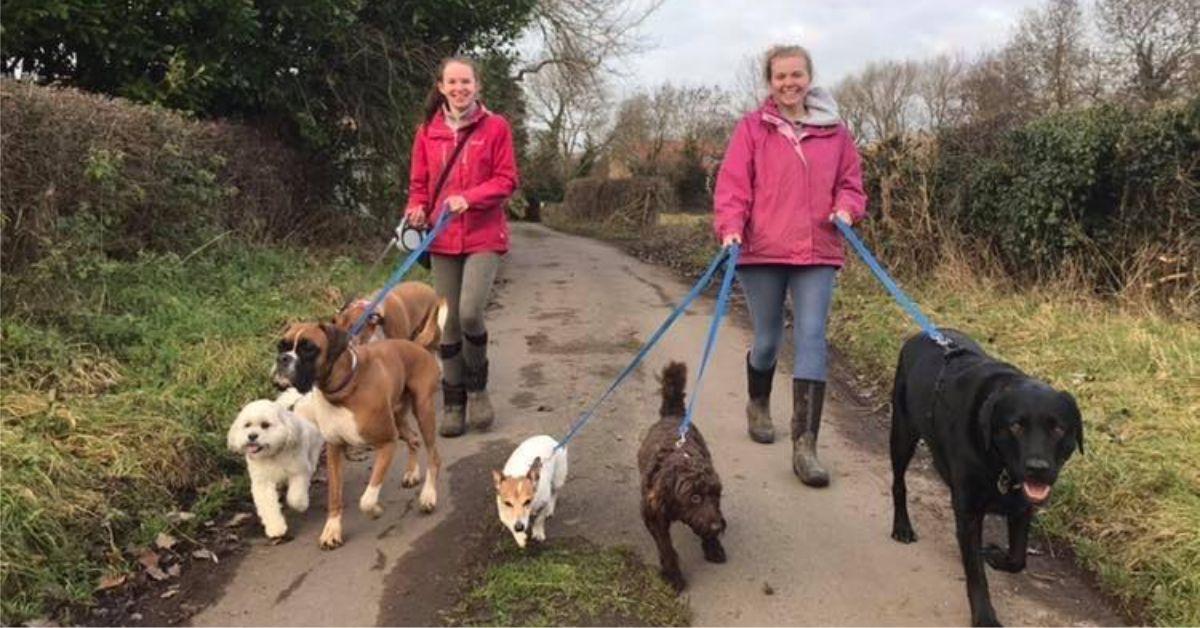Subscribe to trusted local news
In a time of both misinformation and too much information, quality journalism is more crucial than ever. By subscribing, you can help us get the story right.
- Subscription costs less than £1 a week with an annual plan.
Already a subscriber? Log in here.
12
Mar 2021
Warning to dog owners after rare disease found in Knaresborough

Dog owners have been warned to be alert for the symptoms of a rare disease after a case was found in Knaresborough.
Cutaneous and renal glomerular vasculopathy, better known as Alabama rot, begins as skin lesions but can develop quickly and lead to kidney failure.
Specialist veterinary referral practice Anderson Moores, which leads research into the disease from it Winchester base, confirmed yesterday it had seen three new cases in the UK including one in Knaresborough. There have been 271 confirmed cases of the rare disease since it first emerged in the UK in 2012, with 20 since the beginning of this year.
Hannah Philipson, who runs The Harrogate Dog Walking and Pet Company, said while there was no need for alarm, dog owners should be aware of the symptoms of Alabama rot.
Read more:
When she posted about the Knaresborough case on Facebook, Hannah said some people were alarmed and said they would not walk their dogs in the area any more. However, there is no evidence that the disease can be transmitted by dogs being walked in the same place, and vets do not know how it is contracted.
Hannah said she has known families with two dogs, both cared for and walked together, where one has caught Alabama rot and the other has not.
She has spoken to fellow dog walkers to discuss what measures can be taken to minimise risk. Rather than trying to avoid it, she said the best thing to do is to be vigilant for the early signs and speak to a vet if there are any sores or swelling on the dog, particularly around the legs and paws, but also on the face, mouth and body.
She added that, with a rise in dog ownership during the pandemic, it was more important than ever to raise awareness of the rare disease.
David Walker, a specialist in small animal internal medicine, leads the team at Anderson Moores and is the UK’s foremost authority on Alabama rot. He said:
Although around 90% of cases to prove to be fatal, he said the team had recently successfully treated a Labrador for the disease.
0